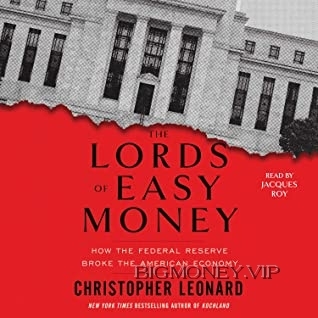
PART 1
“RESPECTFULLY, NO”
CHAPTER 1
GOING BELOW ZERO
(2010)
Thomas Hoenig woke up early on November 3, 2010, knowing what he had to
do that day, and also knowing that he was almost certainly going to fail. He was
going to cast a vote, and he was going to vote no. He was going to dissent, and he
knew that this dissent would probably define his legacy. Hoenig was trying to
stop something: A public policy that he believed could very well turn into a
catastrophe. He believed it was his duty to do so. But the wheels were already
turning to make this policy a reality, and the wheels were far more powerful than
he was. The wheels were powered by the big banks on Wall Street, the stock
market, and the leadership of America’s Federal Reserve Bank. Everyone knew
that Hoenig was going to lose that day, but he was going to vote no anyway.
Hoenig
I was sixty-four years old, and he was the president of the Federal
Reserve Bank of Kansas City, a position that gave him extraordinary power over
America’s economic affairs. He was in Washington that morning because he sat
on the Federal Reserve’s powerful policy-making committee, which met every six
weeks to effectively determine the value and quantity of American money. Most
people in America don’t think very much about money—meaning the actual
currency, or that thing we call a dollar. The word dollar is, in fact, just a slang
term for American currency, which is actually called a Federal Reserve note.
People spend Federal Reserve notes every day (if they’re lucky enough to have
them), but they rarely think about the complex, largely invisible system that
makes money appear out of thin air. This system is the U.S. Federal Reserve
The Lords of Easy Money: How the Federal Reserve Broke the American Economy by Christopher Leonard




